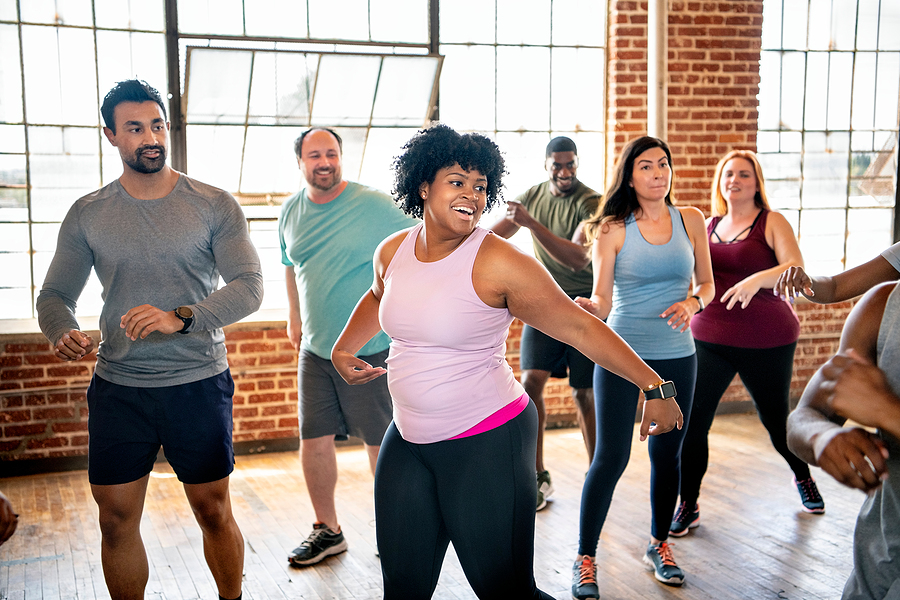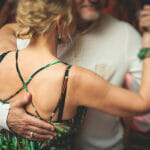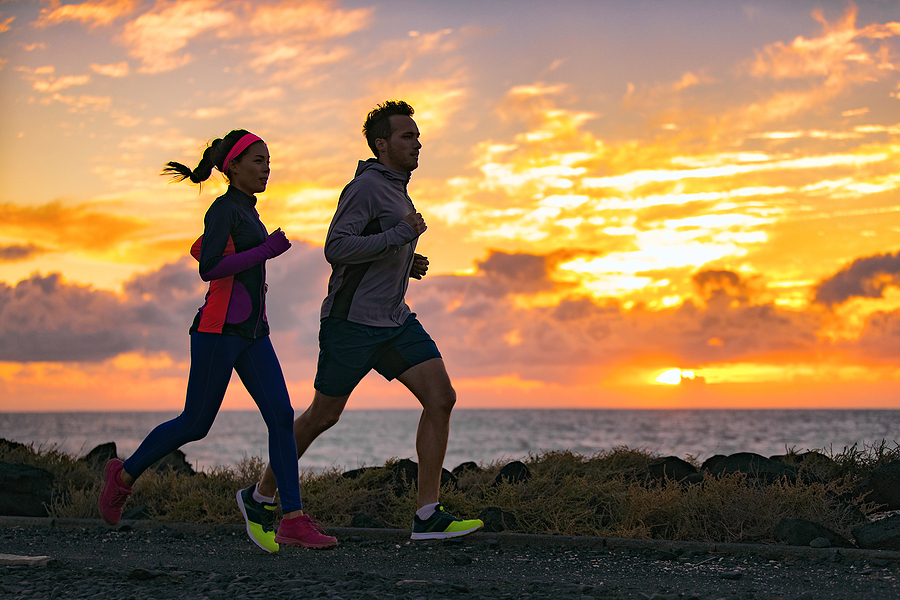So you’re thinking about joining a dance class. Well, that’s awesome! Dance classes are great for women because they improve balance and coordination, increase confidence levels through learning new things, and can be an outlet for stress. But before you get too excited to put on your dancing shoes, there are some things you need to know first.
In this blog post, we’ll go over what you need to know of dance classes out there so that when it comes time to enroll in one, you have a better idea of what’s going on. This way, if something doesn’t seem right or is uncomfortable, then you can back out gracefully without feeling bad or guilty.
- How to prepare for a dance class? The first thing to do before enrolling in a dance class is to get comfortable with being uncomfortable. It means going into the experience with an open mind and giving it a chance even if you don’t think you’re going to enjoy it or if it doesn’t seem right for you at that moment. The best way to know how something feels is to try it out for yourself.
- What are the main types of dance classes? The three main types of dance classes are:
- Modern/Contemporary: Modern or contemporary dance is a type of movement-based dance with no particular set of steps to follow, and there is no set theme of music. It involves making your way through the dance with unique combinations and movements that you create yourself.
- Jazz: Jazz dance is a type of dance that involves lots of improvisation (making up your combinations on the spot), popping, locking, tutting, etc. Jazz dance is very energetic and fast-paced. Jazz dancers usually learn a series of different moves that you can put together in different ways to form a routine.
- Ballet/Historical: A form of dance popular between the 1700s-1900s in Europe based on formalized theater techniques. Ballet is a type of dance that involves specific techniques and motions, such as using your back muscles to create smooth extensions.
- The best way to get in shape for a dance class: your muscles are going to be sore: The reason is that while you’re dancing, your body is using more muscles than it usually would while just standing or walking around, so those unused muscles groups will get worked and be more developed. Stretch your muscles before going to a class, especially if you haven’t been to one in two or more days. It will reduce your risk of injury because if you go to a class while your muscles are sore, they’ll probably get even more so when dancing. Make sure you stretch the muscles in your legs and your arms, back, stomach, and neck. If you’re aren’t able to stretch before coming to a dance class, try doing it when you get home from your exercise. It will help you cool down to prevent cramping.
- Do you have any injuries that may flare up? If so, what can you do about them before attending a dance class? If you have a history of back pain, for example, then taking a dance class may not be the best idea. If you find out that you will get injured from dancing, please discontinue and visit a physician or therapist, explaining the injury cause and rest according to their advice.
- Do I need any unique clothing for this dance class? If so, what type of clothing should I wear? If you are practicing for an occasion, for example, a ballroom dance, you might want to practice in Latin ballroom dresses for perfection. Most classes will require that you wear leotard and tights with ballet flats. If it’s a hip-hop dance class, then just casual, comfortable clothes will be fine. The clothes must withstand the wear and tear of your dance movements and accommodate your body well throughout the period. There are clothes designed specially to fit the dancers and move how they move, affording comfort and durability for the dancers.
- What level are you at in your current dance class, or how much experience do you have with dancing in general: following are the suggested levels that will help you figure out where you stand.
- Level 1: I have never taken a dance class before.
- Level 2: I have had a few classes in the past but less than a year of experience.
- Level 3: I have been dancing for at least two years and have graduated from beginner to intermediate levels.
- Level 4: I am currently an advanced dancer, either professionally or through college/university.
Common mistakes people make when they first start dancing, and how you can avoid them :
- “I hate this, I’m quitting dance forever”: This is a widespread reaction with people who start out thinking they can pick it up quickly and decide that they’re no good at it. The reality is that, like most things in life, the more you do something, the better at it you’ll get (assuming you’re practicing correctly).
- “My teacher is mean and makes me feel bad”: Teachers are not the enemy! They’re there to help you improve and learn something fun at the same time. If your teacher doesn’t like you, it’s because you’re probably not doing well (see above), and even though they might be bummed that you’ve messed up once or twice if they’re a good teacher, then they want you to get better and succeed.
- “I’m clumsy and I don’t like feeling like an idiot in front of other people”: That’s normal! Being embarrassed is a sign that you care about what you’re doing, and not everyone can dance well (especially when starting). It might be challenging, but try to move past that feeling and not let it stop you from showing up. Everyone else in the room probably feels just as dumb as you do!
- Don’t let yourself get discouraged by putting too much pressure on yourself to succeed or get caught up comparing your abilities to others. It will make it more difficult for you to keep pushing through and practicing. Just remember to have fun!
- When you’re learning something new, it can be hard to know what the “correct” thing is supposed to look like. So when you’re watching yourself in a video or looking at other people dancing that are better than you (which will happen), try not to overthink things. Dance is an art form, so there are personal interpretations involved. Additionally, no one has perfect technique!
Conclusion: It’s normal to feel nervous, even in a dance class that is supposed to be fun. It can take time to get past this feeling and start enjoying yourself (and, more importantly, learning things and getting better at dancing). Just do your best to learn the moves and listen to your body while allowing it to move freely to the beat of the music.
Image Source: BigStockPhoto.com (Licensed)
Related Categories: Excercise, Reviews








